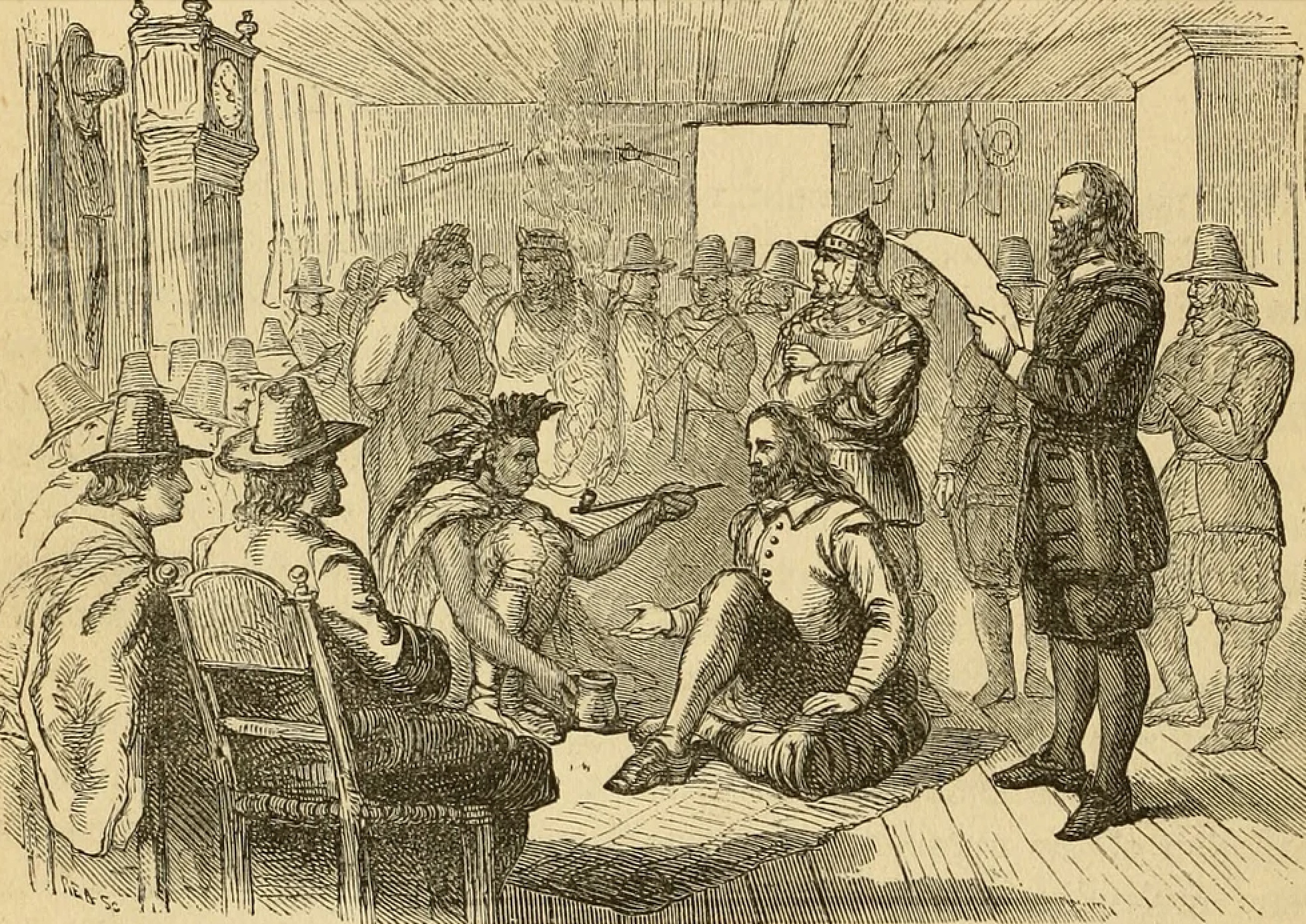In the annals of human civilization, few legal texts have had the enduring impact of the Code of Hammurabi. Proclaimed by the Babylonian King Hammurabi, who reigned from 1792 to 1750 B.C., this ancient code is one of the earliest and most complete written legal codes known to history1.
Hammurabi’s reign marked a period of significant expansion for the city-state of Babylon along the Euphrates River, unifying all of southern Mesopotamia under his rule. His code—a collection of 282 laws—established standards for commercial interactions and set fines and punishments to meet the requirements of justice. These laws were meticulously carved onto a massive, finger-shaped black stone stele, a testament to their permanence and the king’s commitment to justice1.
The stele itself, looted by invaders and lost to time, was rediscovered in 1901, offering the modern world a window into the legal and social frameworks of ancient Mesopotamia1. The Code’s prologue celebrates Hammurabi’s just and pious rule, while the epilogue serves as a warning to future rulers to uphold the laws and ensure justice for all2.
Hammurabi’s Code covered a broad spectrum of topics, including criminal law, family law, property law, and commercial law. It aimed to protect the weak from the strong and to ensure that the wealthy could not simply buy their way out of punishment. In this way, the Code sought to create a society where order prevailed, and justice was accessible to all2.
The influence of Hammurabi’s Code extends far beyond its time and place. It has been admired for its fairness and the complexity of the society it governed. Modern scholars have noted the sophistication of Old Babylonian society and the respect for the rule of law evident in Hammurabi’s statutes2.
The legacy of Hammurabi and his Code is still felt today. The U.S. Capitol features a relief portrait of Hammurabi among other historic lawgivers, and replicas of the stele can be found in institutions worldwide, including the United Nations headquarters in New York City and the Pergamon Museum in Berlin2.
In conclusion, the Code of Hammurabi stands as a monumental achievement in the history of law. It represents the dawn of law and order, setting a precedent for future civilizations to build upon. Its principles of justice, equity, and retribution continue to influence legal systems around the world, reminding us of the enduring power of written law to shape societies.
I hope this article meets your expectations and provides a comprehensive overview of the significance of the Code of Hammurabi.










